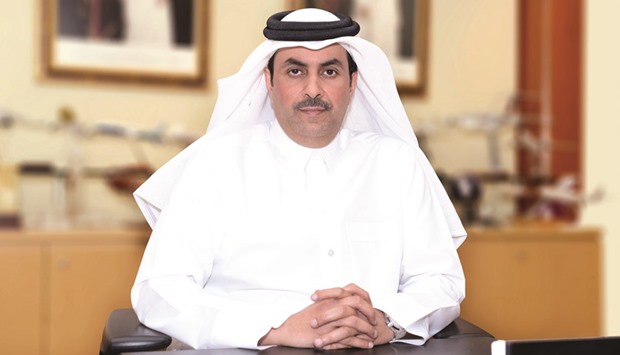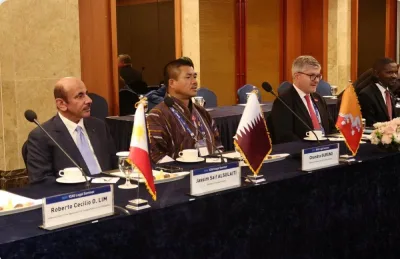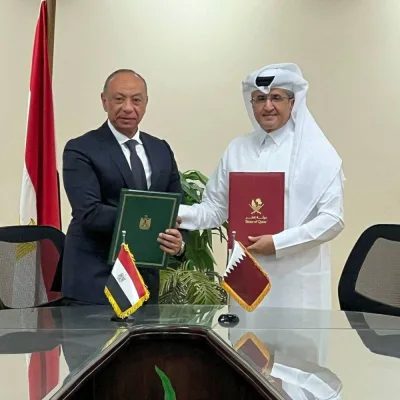Qatar’s ambitious plans for its aviation industry are expected to remain on track, despite the impact of lower oil prices on other areas of the economy, the chairman of the Civil Aviation Authority (CAA) has said.
Abdulla Nasser Turki al-Subaey, who was appointed CAA chairman last year, told Oxford Business Group (OBG) that the outlook for air transport, and the Hamad International Airport (HIA) in particular, “was bright.”
“The budget for the airport’s expansion and the aviation industry remains unchanged and unaffected by reduced government revenue,” he said. “I don’t expect anything to alter in our field, given the important role for aviation when it comes to diversifying Qatar’s economy and developing the tourism industry.”
Qatar has sharpened its focus on hospitality and tourism in recent years, setting itself a target of 7mn visitors annually by 2030. Tourism receipts are expected to reach $17.8bn by 2030, supported by investment of up to $45bn under the 2030 National Tourism Sector Strategy.
Al-Subaey also highlighted the CAA’s drive to capitalise on the raft of air service agreements it has signed worldwide, which now total 156. “Landmark” deals include agreements with all EU member countries, while others with Latin America and the Caribbean were being pursued. Qatar also has an open skies agreement with the US.
“Up to eight countries are expected to sign air service agreements with Qatar in 2016,” he said. “The aim is to enhance connectivity and support the growth of Qatar Airways, which is one of the world’s fastest-growing airlines, particularly in developing long-haul routes.”
Al-Subaey also shared his thoughts on the HIA’s performance since the airport opened for business in May 2014, pointing out that both passenger numbers and cargo have been increasing steadily. More than 30m passengers passed through HIA in 2015, this is up from 28m passengers in its first year of operations.
Turning to plans for the HIA’s expansion, the CAA chairman said these were “progressing,” with the final phase set for completion ahead of the 2022 FIFA World Cup.
“The Airport City project is also moving forward, with the contract for its development now at the end stage,” he added.
Al-Subaey was speaking to OBG as part of the Group’s research for The Report: Qatar 2016. The publication will contain a detailed, sector-by-sector guide for investors, alongside contributions from leading personalities.
The Report: Qatar 2016 will be a vital guide to the many facets of the country, including its macroeconomics, infrastructure, banking and other sectorial developments.

Abdulla Nasser Turki al-Subaey.


